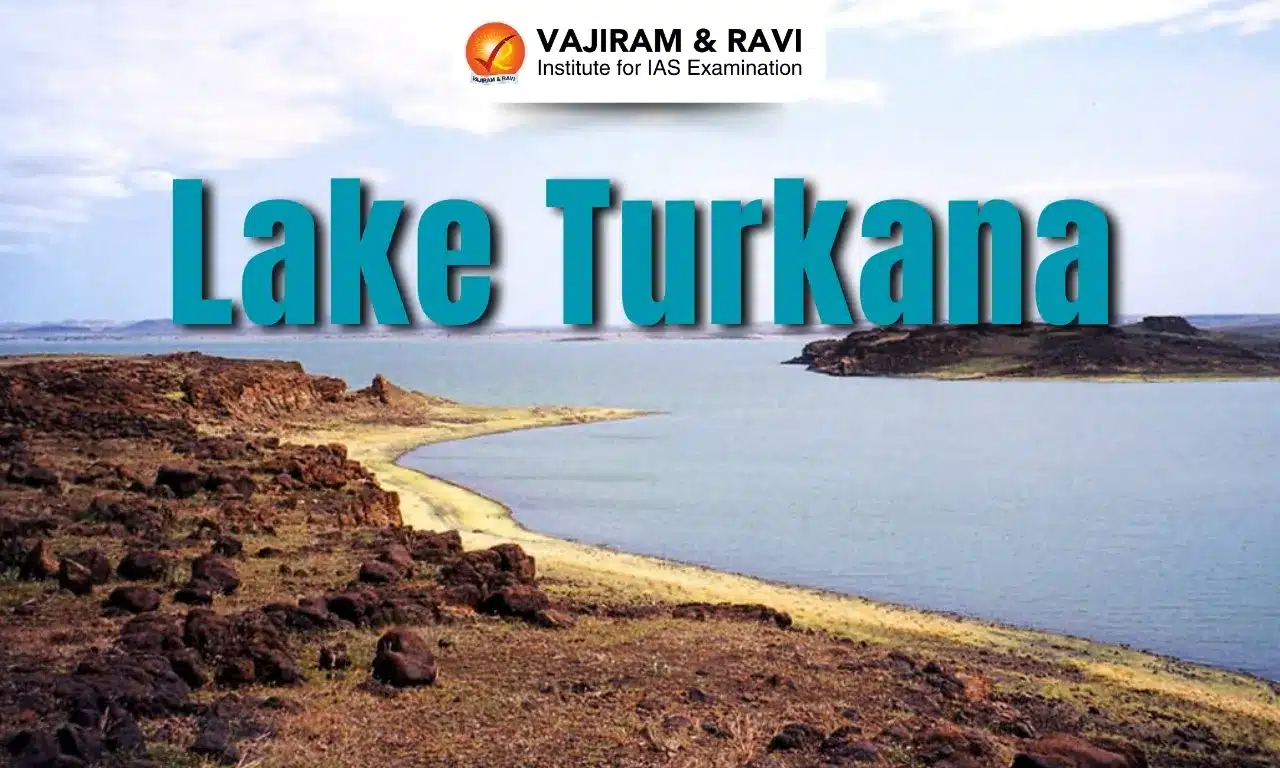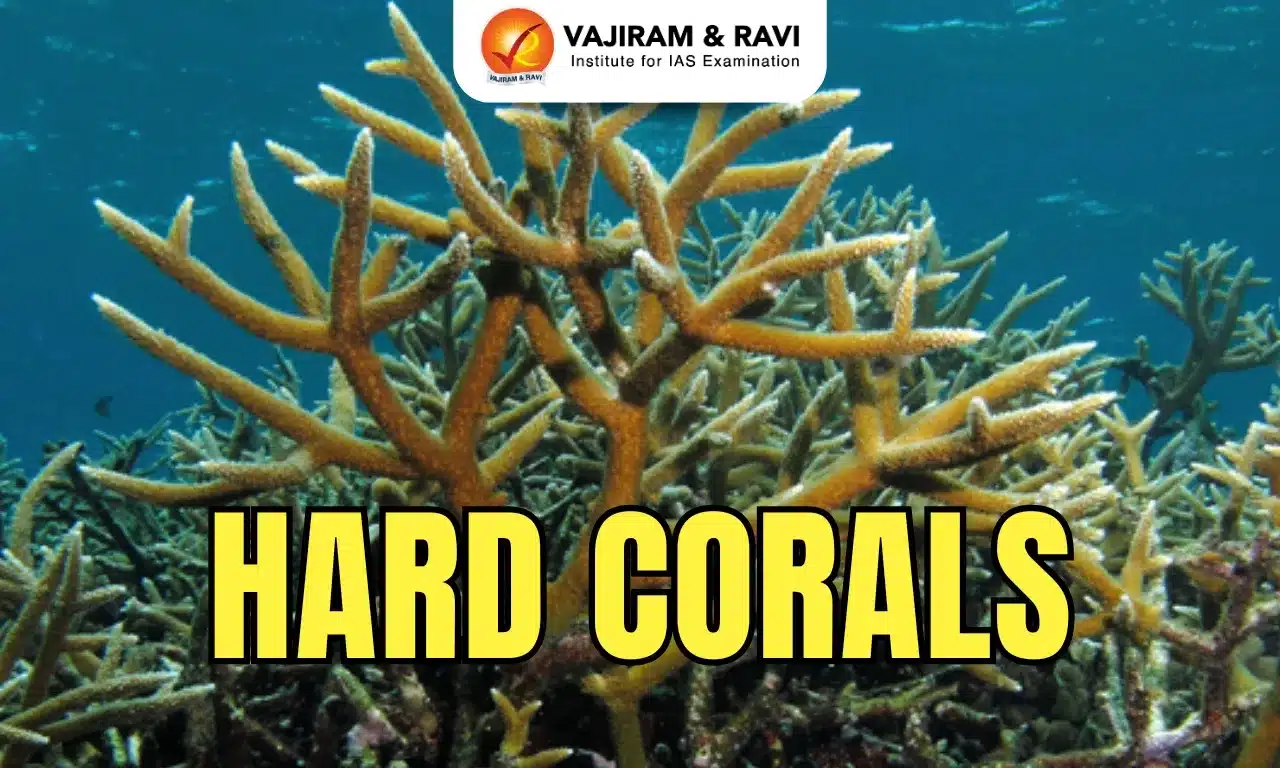Lake Turkana Latest News
A drying climate in East Africa reduced the amount of water in Kenya’s Lake Turkana over thousands of years, which unleashed earthquakes and volcanoes from underneath it.
About Lake Turkana
- Lake Turkana, formerly Lake Rudolf, is a vast, shallow lake located in the arid part of northern Kenya, with its northern end extending into Ethiopia.
- It lies along the Eastern Rift Valley, separated from Lake Logipi on the south by a group of young volcanoes known as the Barriers.
- The three main rivers flowing into the lake are Omo, Kerio, and Turkwel, with the Omo River contributing about 90% of the inflow annually.
- It is Africa’s 4th largest lake by surface area and the world’s largest permanent desert lake.
- It has a surface area of 6,405 sq.km.
- It is 248 km long, only 16–32 km wide, and relatively shallow, its greatest recorded depth being 240 feet (73 meters).
- It is designated as a UNESCO World Heritage site and is renowned for its unique biodiversity and cultural significance.
- It is lying in a hot, arid, and remote region and provides resources for communities on the lakeshore and surrounding areas.
- It is the most saline lake in East Africa, full of brackish water with high levels of fluoride that make it largely unsuitable for drinking.
- Sudden storms are frequent, rendering navigation on the lake treacherous.
Source: NS
Last updated on December, 2025
→ Check out the latest UPSC Syllabus 2026 here.
→ Join Vajiram & Ravi’s Interview Guidance Programme for expert help to crack your final UPSC stage.
→ UPSC Mains Result 2025 is now out.
→ UPSC Notification 2026 is scheduled to be released on January 14, 2026.
→ UPSC Calendar 2026 is released on 15th May, 2025.
→ The UPSC Vacancy 2025 were released 1129, out of which 979 were for UPSC CSE and remaining 150 are for UPSC IFoS.
→ UPSC Prelims 2026 will be conducted on 24th May, 2026 & UPSC Mains 2026 will be conducted on 21st August 2026.
→ The UPSC Selection Process is of 3 stages-Prelims, Mains and Interview.
→ UPSC Result 2024 is released with latest UPSC Marksheet 2024. Check Now!
→ UPSC Prelims Result 2025 is out now for the CSE held on 25 May 2025.
→ UPSC Toppers List 2024 is released now. Shakti Dubey is UPSC AIR 1 2024 Topper.
→ UPSC Prelims Question Paper 2025 and Unofficial Prelims Answer Key 2025 are available now.
→ UPSC Mains Question Paper 2025 is out for Essay, GS 1, 2, 3 & GS 4.
→ UPSC Mains Indian Language Question Paper 2025 is now out.
→ UPSC Mains Optional Question Paper 2025 is now out.
→ Also check Best IAS Coaching in Delhi
Lake Turkana FAQs
Q1. Where is Lake Turkana located?+
Q2. Lake Turkana lies along which major geological feature?+
Q3. Which river contributes nearly 90% of the inflow into Lake Turkana?+
Q4. What is the approximate surface area of Lake Turkana?+
Tags: lake turkana prelims current affairs prelims pointers upsc prelims current affairs

















